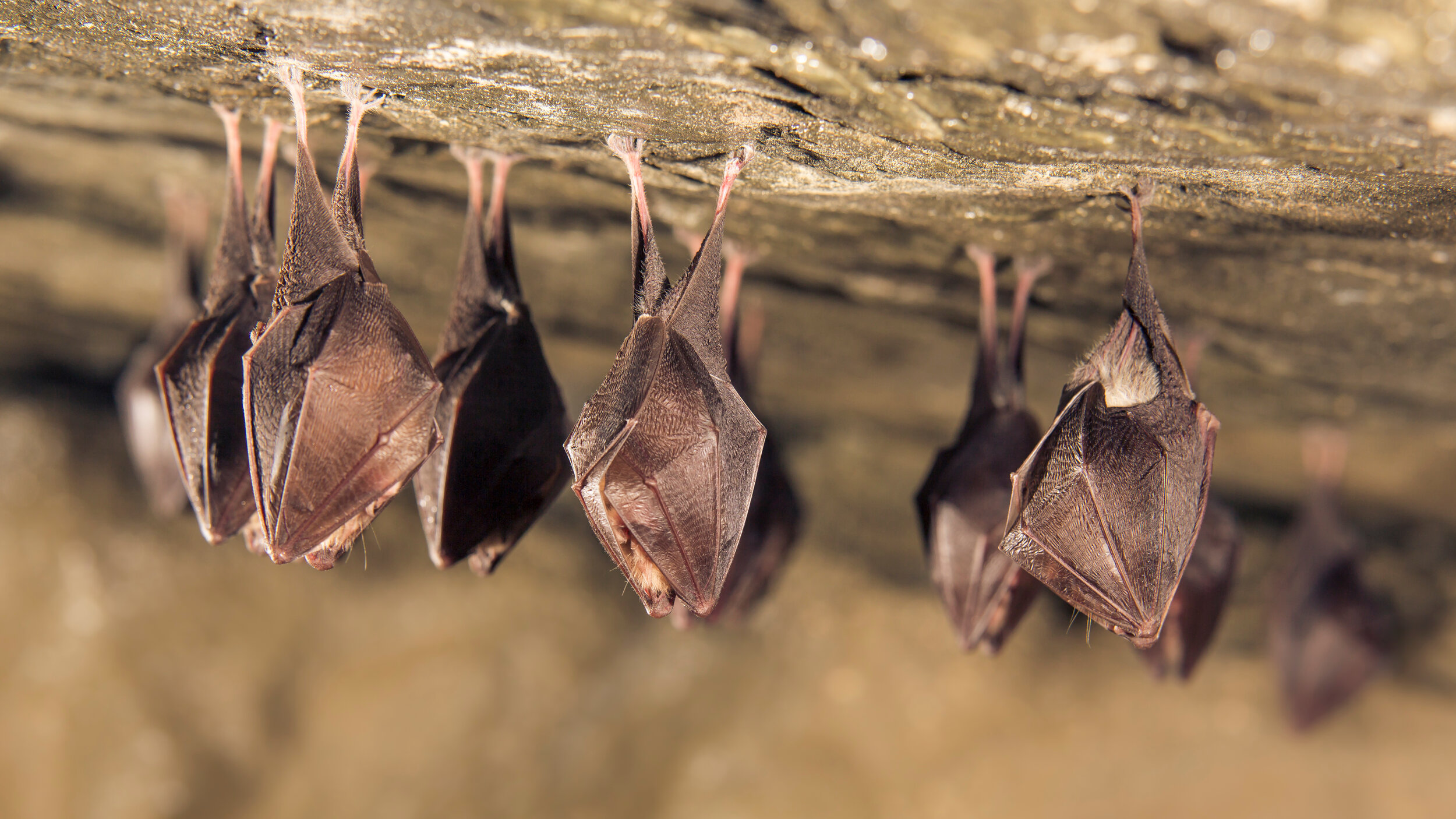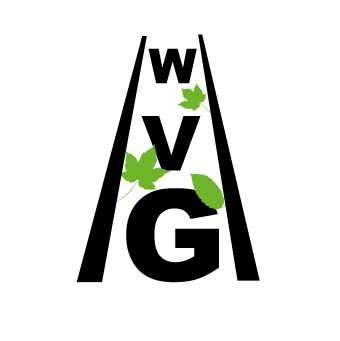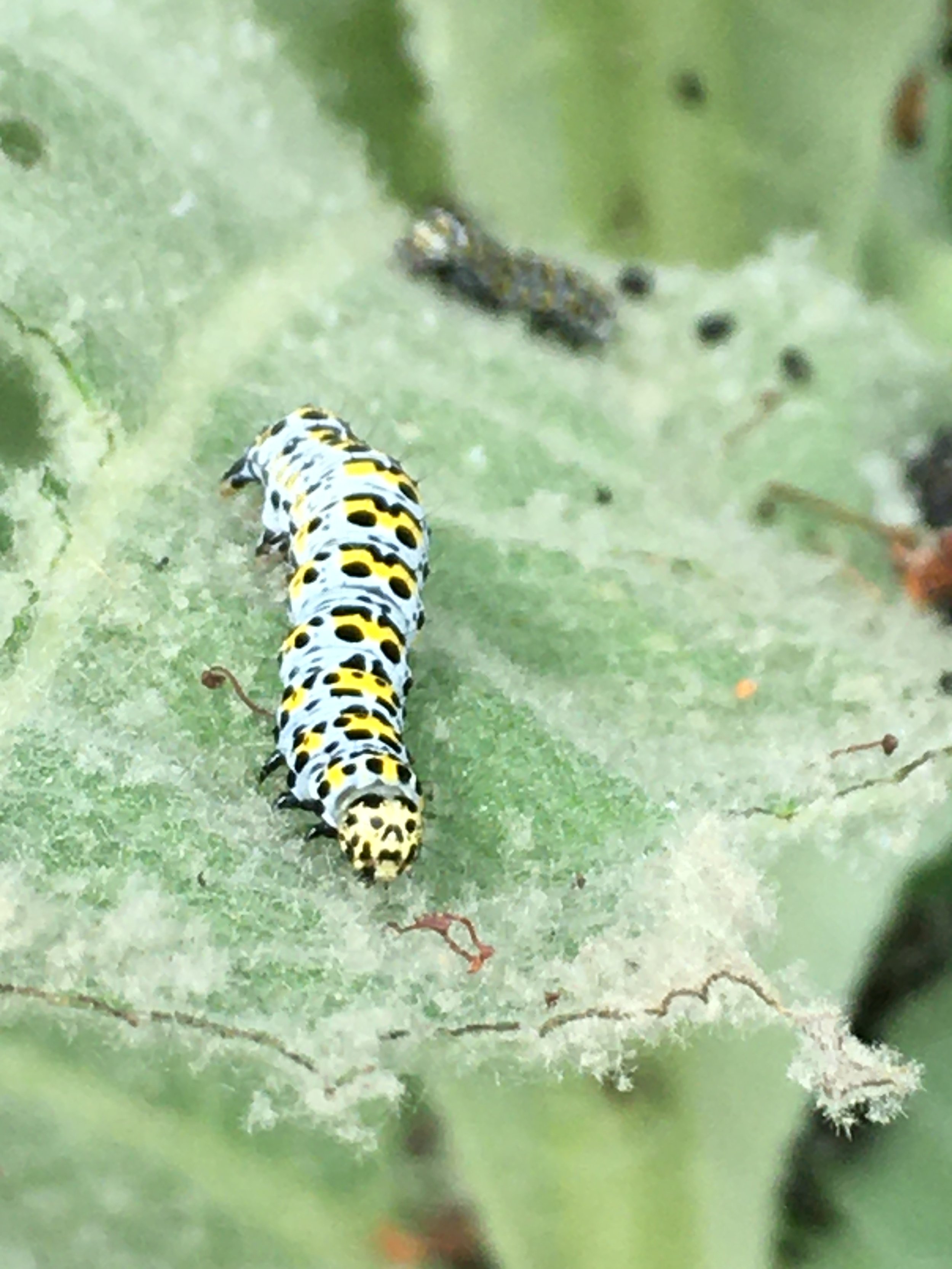
Ecology
A vital habitat for wildlife
The Wye Valley Greenway follows the route of a Victorian railway that brought the concept of tourism to the Wye Valley to enjoy the natural and wild wonders of the valley.
Natural beauty is integral to rich wildlife habitats and the lower Wye Valley is specially protected to preserve protected species such as dormice and bats. The tunnel itself is an important winter hibernation home for bats that roost inside alcoves throughout the tunnel. Lesser horseshoe bats favour the Forest of Dean and Wye Valley due to the frequency of caves, tunnels, and scowles. The ancient woodlands that surround the Greenway are important feeding grounds for the bats that live in the tunnel and other local roosts. In fact, 26% of the entire UK population of lesser horseshoe bats live here in the Forest of Dean and lower Wye Valley.
Dormice do very well in the connectivity of ancient woodland from Chepstow to Tintern and beyond, dependent on the dense canopy of mixed native trees, specifically hazel, to feed without the need to cross open ground. With a range of only 70m, it is important that dormice get to stay where they have found quiet nesting and feeding areas.
The lower Wye Valley is a very special place for wildlife with peregrine falcons nesting on cliffs, dormice foraging amongst hazel coppice, bats roosting in the tunnel and feeding along the tree lines that link to rich habitats within a range of 2500m from their roosts. At dusk bats can be seen feeding along hedgerows from the tunnel entrances that lead to rich ancient woodlands of the Lancaut and Ban-y-Gor nature reserves.



Please enjoy this special access through some of the UK’s richest, internationally important, ancient woodlands of the lower Wye Valley and remember that not all the woodlands are open access so please check for public rights of way and consent to avoid trespassing or disturbing important habitats for wildlife.
For more information visit https://www.gloucestershirewildlifetrust.co.uk
Species seen on the Wye Valley Greenway
This list is only a start, it will be updated, as and when, information is received about the different wildlife that has been spotted. A bird survey was conducted between April and the end of August 2022 by John Izzard, a volunteer and keen ornithologist. We are hoping to run these surveys yearly to see how the bird population varies and our volunteers always keep an eye out during their walks. If you see something please contact wyevalleygreenway@yahoo.com
Mammals : Roe deer, Muntjac, Badger, Water Shrew, Dormouse, mice (variety uncertain), Wild Boar, Fox, Grey Squirrels, Rabbits, Voles, Greater horseshoe bats, Lesser horseshoe bats, soprano pipistrelles, Common pipistrelles, Brown long-eared bat, different Myotis species
Birds: Buzzard, Peregrine, Sparrowhawk, Green & Lesser Spotted Woodpecker, Chaffinch, Raven, Robin, Blackbird, Nuthatch, Common Chiffchaff, Magpie, Great Tit, Blue Tit, Thrush, Goldfinch, Greenfinch, Wren, Crow, Song Trush, Wood Pidgeon, Dunnock, Pheasant, House Sparrow, House Martin, Magpie, Blackcap
Insects: Mullein moth, Scarlet Tiger moth, Cabbage White butterfly, Elephant Hawk moth, Cinnabar moth, Cave spiders, Peacock butterfly
Mullein caterpillar
Once metamorphosed into a moth is a favourite snack of the lesser horseshoe bat.

